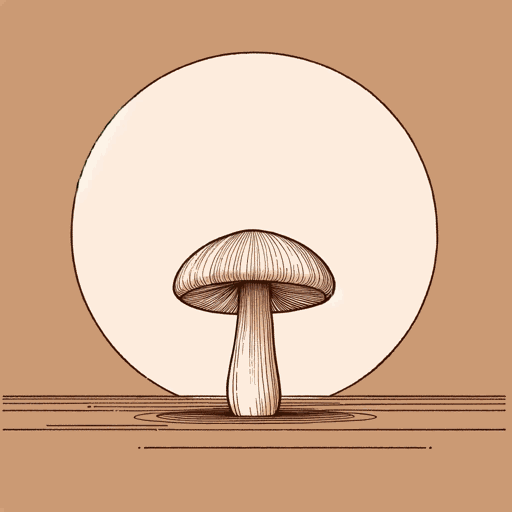75 pages • 2 hours read
Anna Lowenhaupt TsingThe Mushroom at the End of the World
Nonfiction | Book | Adult | Published in 2015A modern alternative to SparkNotes and CliffsNotes, SuperSummary offers high-quality Study Guides with detailed chapter summaries and analysis of major themes, characters, and more.
Before You Read
Summary
Preface
Prologue
Part 1, Introduction
Part 1, Chapters 1-3
Part 1, Interlude 1.1
Part 2, Introduction
Part 2, Chapters 4-7
Part 2, Interlude 2.2
Part 2, Chapters 8-10
Part 2, Interlude 2.3
Part 3, Introduction
Part 3, Chapters 11-13
Part 3, Chapters 14-15
Part 3, Chapters 16-17
Part 3, Interlude 3.3
Part 4, Introduction
Part 4, Chapters 18-19
Part 4, Chapter 20 and Conclusion
Key Figures
Themes
Index of Terms
Important Quotes
Essay Topics
PrefaceChapter Summaries & Analyses
Preface Summary and Analysis: “Enabling Entanglements”
This preface serves as an introduction both to the work itself and her intellectual stance. Tsing’s goal is to restore a view of nature that complicates the “passive and mechanical” framework set up by the European enlightenment in the 18th century (Location 122). Her alternative is a framework of “entanglements” (127), which she posits as better suited to a modern age of ecological devastation that also includes marginalized voices. This contrasts with the Enlightenment’s privileging of the experiences of white men. Nature is not an object, and its complexity has historically been undervalued. Tsing sees her work as iconoclastic but also more suited to understanding the world as it is.
She next turns to questions of structure, arguing that her chapters are not linear and may repeat points. Her use of photographs, she argues, is meant to “present the spirit of my argument rather than the scenes I discuss” (Location 133). She declares further that “my experiment in form and my argument follow each other” (Location 140). Tsing rejects, then, rigid narrative structure, and, to an extent, the typical structure of much academic writing. The work is an experiment, not a prescription for future work or a dictate.

